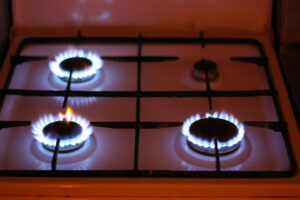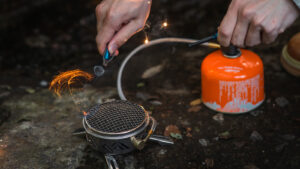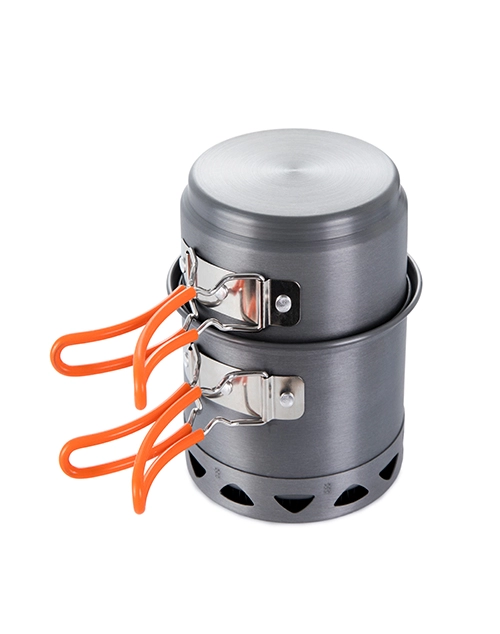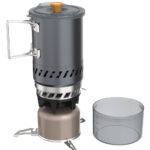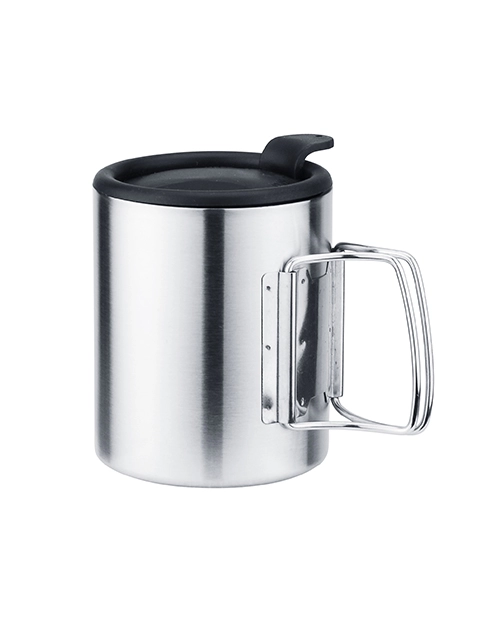Does a Pressure Regulated Canister Stove Work Better at High Altitude?
Share:
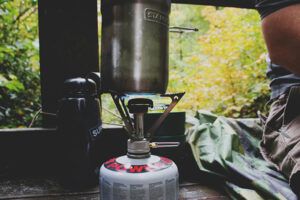
Does a pressure-regulated canister stove really work better at high altitudes? This blog post explains their suitability for use in the mountains as compared to normal canister cooking appliances. Additionally, we shall discuss important maintenance practices necessary for keeping your stove functional. Lastly, we will also look into whether these specialized types of cooking appliances are worth spending more money on.
What Are Pressure-Regulated Stoves and How Do They Work?
Pressure-regulated canister stoves are sophisticated camping cooking appliances that exhibit uniform performance. They have an in-built pressure regulator, which differentiates them from standard canister stoves. This is the basic tenet for the maintenance of a constant fuel flow, despite the canister pressure or the surrounding temperature.
The regulator is situated between the burner and the fuel container. It governs gas flow, thus ensuring consistent pressure output. In doing this, it overcomes passing through a reduced canister pressure as the fuel is consumed, and variations in temperature influence fuel pressure.
The diaphragm and spring systems regulate and respond to changes in pressure. The regulator opens up wider when there’s a drop in canister pressure so as to maintain the flow rate, while it narrows with an increase in pressure. In essence, this self-correcting mechanism helps keep predictable burning flames that would produce steady light.
There are numerous advantages derived from the regulation of pressure. This implies that heat supply should be even from the beginning until the end of any given container life span. As a result, there’s enhanced energy efficiency while cooking durations are reduced during meal preparation periods. Pressure regulation has been found beneficial in cold-weather situations where regular cookers become problematic.
These stoves usually employ propane and butane fuel blends. Since complete consumption occurs under regulated pressures, this leads to higher thermal power output as well as a minimal waste of fuel.
 Does a Pressure-Regulated Canister Stove Work Better at High Altitude?
Does a Pressure-Regulated Canister Stove Work Better at High Altitude?
At high altitudes, pressure-regulated burners indeed outshine the standard ones. Low atmospheric pressure and rarefied air at heights are challenging for normal burners, but this does not hold true for pressure-regulated appliances.
Reduced oxygen levels at high altitudes pose a challenge to standard stoves. This leads to incomplete burning and decreased heat production. Pressure-regulated stoves maintain an even flow of fuel, thus ensuring efficient fuel-to-air ratios even in a thin atmosphere. As a result, more complete combustion and constant heat generation take place.
Boiling temperatures decrease as altitude rises. Conventional stove models aren’t able to address this problem, which results in longer cooking times. Pressure-regulated stoves manage to keep their output stable so that they can counteract lower boiling points and still cook fast.
Canister pressures on standard stoves fall due to cold temperatures often experienced at high altitudes, resulting in weak flames and poor performance. Pressure-regulated models avoid such issues by sustaining a steady supply of fuel irrespective of temperature variations.
Furthermore, the consistent performance of pressure-regulated burners also leads to better fuel efficiency when it comes to elevation above sea level. Generally, users experience longer time periods between canisters with normal burners under identical circumstances.
Pressure-regulated stoves, in addition to other issues such as safety, are more convenient for use at high altitudes. A stable flame prevents outbreaks and swerving flames that could risk life in a small area, such as inside tents.
Still, despite their advantages at higher elevations, pressure-regulated stoves also have their limitations. They tend to be bigger and pricier than other standard models. All the same, frequent high-altitude adventurists often find these trade-offs acceptable.
All in all, pressure-regulated canister stoves perform superbly at high altitudes. Their consistent fuel supply, efficient burning, and dependable output make them an excellent option for mountaineers and campers in high-altitude areas.
 Maintenance tips for a pressure-regulated canister stove
Maintenance tips for a pressure-regulated canister stove
For your canister stove with a pressure regulator, ensure its optimal functioning and longevity as follows:
- Clean regularly: Get rid of soot and debris every time you use it. For complete washing, employ a mild soap and a soft brush.
- Check O-rings: Replace worn-out or damaged O-rings to avoid gas leakages.
- Test for leaks: Use soapy water on connections. Leaking is evident in bubbles that demand instant attention.
- Lubricate moving parts: Apply silicon-based lubricant to threads and joints, ensuring smoothness during operation.
- Inspect the jet: To prevent clogging, clean the fuel jet using compressed air or a jet cleaner.
- Tighten connections: Always check and tighten all fittings to avoid petrol leakage.
These simple maintenance steps will keep your pressure-regulated stove reliable for your high-altitude escapades.
Are pressure-regulated canister stoves worth the extra cost?
A good number of times it is. Challenging conditions require these stoves, which offer more heat output and improved fuel efficiency throughout the journey at high altitudes, hence making them seen as better. They are more expensive due to their enhanced reliability and safety features, which attract many adventurers. Nevertheless, those who do not often go camping at high elevations or just camp occasionally may prefer regular types of stoves.
Conclusion
In summary, altitude-specific canister stoves are the best for hiking in the mountains. These stoves give an unchanging output every time they run, saving on fuel and working well in nearly impossible conditions. Though costly, the advantages outweigh the price for some extreme hikers and climbers. Regular maintenance keeps them as strong as new.
Whether a pressure-regulated stove is worth its price tag depends on what you do outdoors and how often you do it under tough conditions.
ODM service
Looking for reliable camping stove supplier? At Deermaple, we specialize in ODM service, offering high-quality, innovative titanium stoves tailored to your needs.
If you are interested in camping stove wholesale , please contact us.
Disclaimer: This blog may contain user comments, opinions, and other user-generated content. We are not responsible for the accuracy, reliability, or opinions of user-generated content. User-generated content represents the opinions of the individual authors only and does not reflect the views of this website.
clarachen
Related Posts
Related Products
No products found.

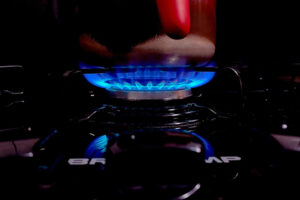 Does a Pressure-Regulated Canister Stove Work Better at High Altitude?
Does a Pressure-Regulated Canister Stove Work Better at High Altitude? Maintenance tips for a pressure-regulated canister stove
Maintenance tips for a pressure-regulated canister stove 
